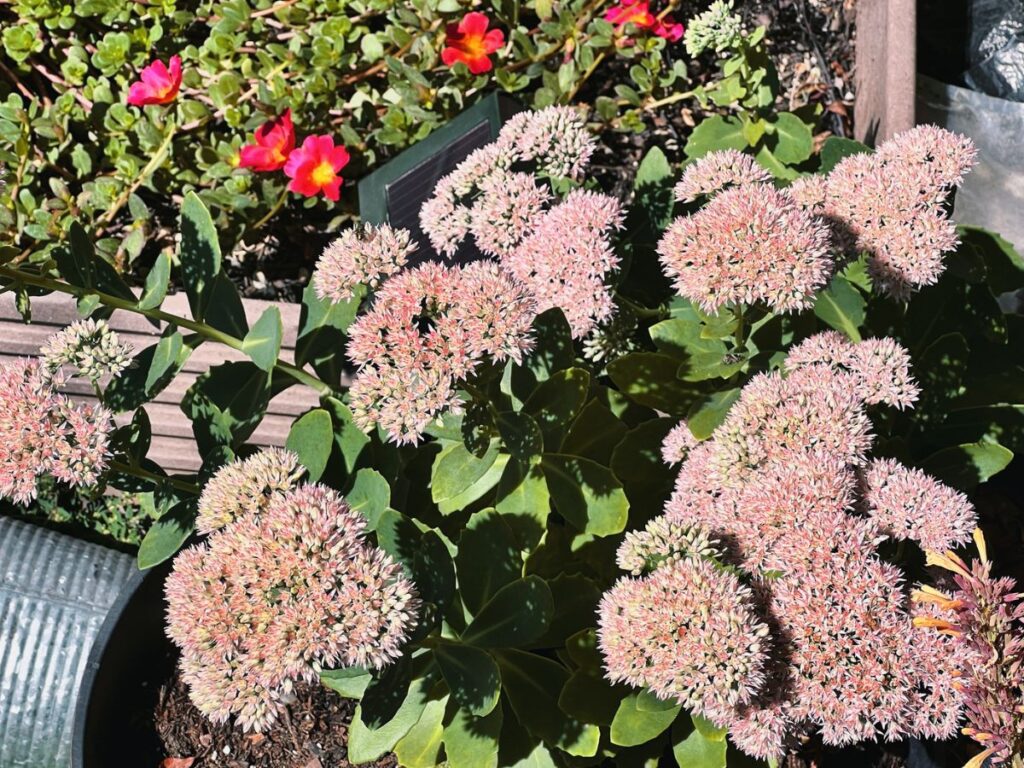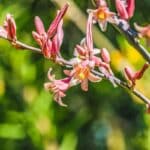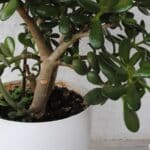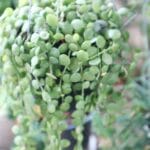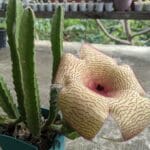Sedum ‘Autumn joy’ (Hylotelephium spectabile), also known as sedum plants, or Autumn joy, are members of the stonecrop family and are often seen in ornamental gardens.
This plant is mostly grown because it produces masses of tiny but interesting star-shaped flowers when it blooms from late summer to fall. During this time, your garden or containers will be overrun with flowers that range from warm pink to bronze rose or even a deep brick red.
Autumn joy sedum only flowers for a couple of months and will die back in the cold winter months only to reappear during spring. To enhance the winter interest in your garden during the off seasons, it is best to add companion plants to your garden beds.
The right companion plants will also enhance the overall look of your sedum flowers.
Let’s take a look at some of the best sedum autumn joy companion plants to include for a more lush and vibrant garden throughout the year.
What to Plant with Sedum Autumn Joy
When you are selecting companion plants for Autumn joy, you should first consider this plant’s growing conditions.
These perennials should be established in a sunny spot where they will receive a minimum of six hours of direct sunlight each day. They should be placed in well-draining soil and the soil should be loosened before planting.
Autumn joy sedum is a drought-tolerant plant that doesn’t need too much water. Even in hot summers, they will do just fine with light watering every one or two weeks.
Within a year, your beautiful flowers will be fully established and they should return with every growing season.
Now that we know more about the growing requirements for Autumn joy, it is time to start looking for companion plants that can grow well in similar conditions.
Ornamental Grasses
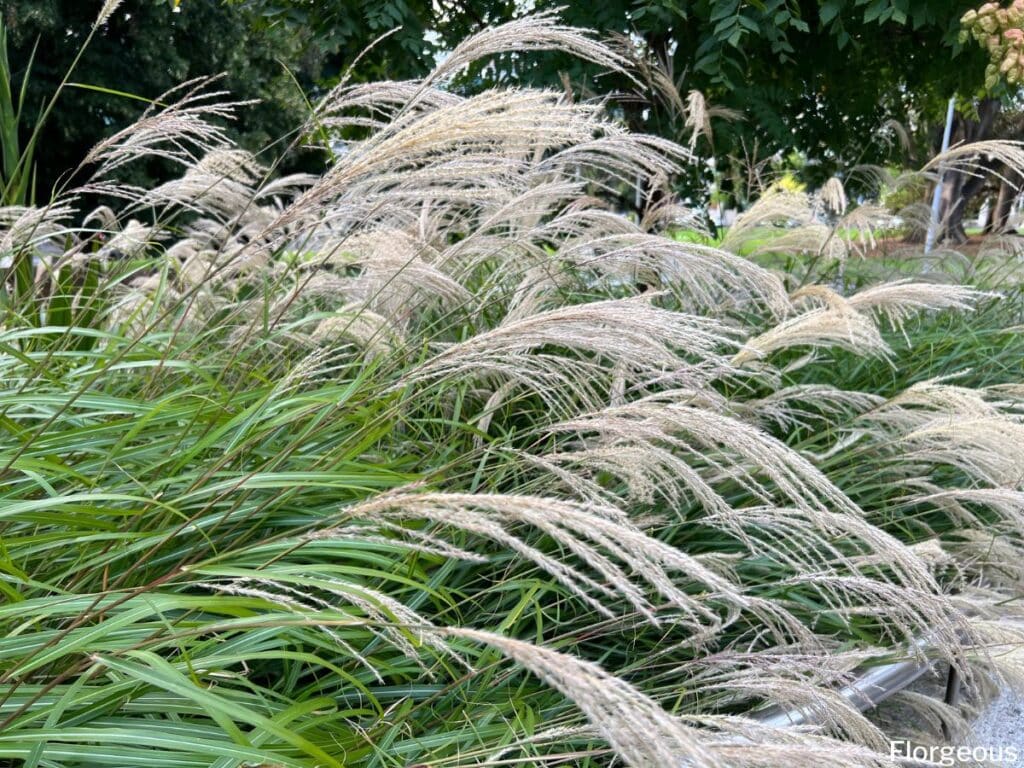
Ornamental grasses can be a terrific option if you want to add lots of texture to your garden. Varieties like blue fescue (Festuca glauca) or fountain grass (Pennisetum) are also terrific for filling the garden or concealing bare spots left by autumn joy sedum when these flowers die back for the winter.
Hardy ornamental grasses like blue fescue and fountain grass grow very well in direct sun and can tolerate a little bit of shade. These grass varieties can also be established in just about any type of soil as long as it is well-draining soil that is slightly acidic or neutral.
Once the roots of hardy ornamental grasses have been established, you will only need to water them once or twice a week and they should grow just fine even in full sun.
When you are pairing attractive grass varieties with autumn joy sedum, you should be careful to establish the shorter plant variety in the front. Some perennial grasses are much taller and can overshadow the autumn joy plants while other grass varieties like blue fescue are shorter and should be grown in the front.
Purple Coneflower
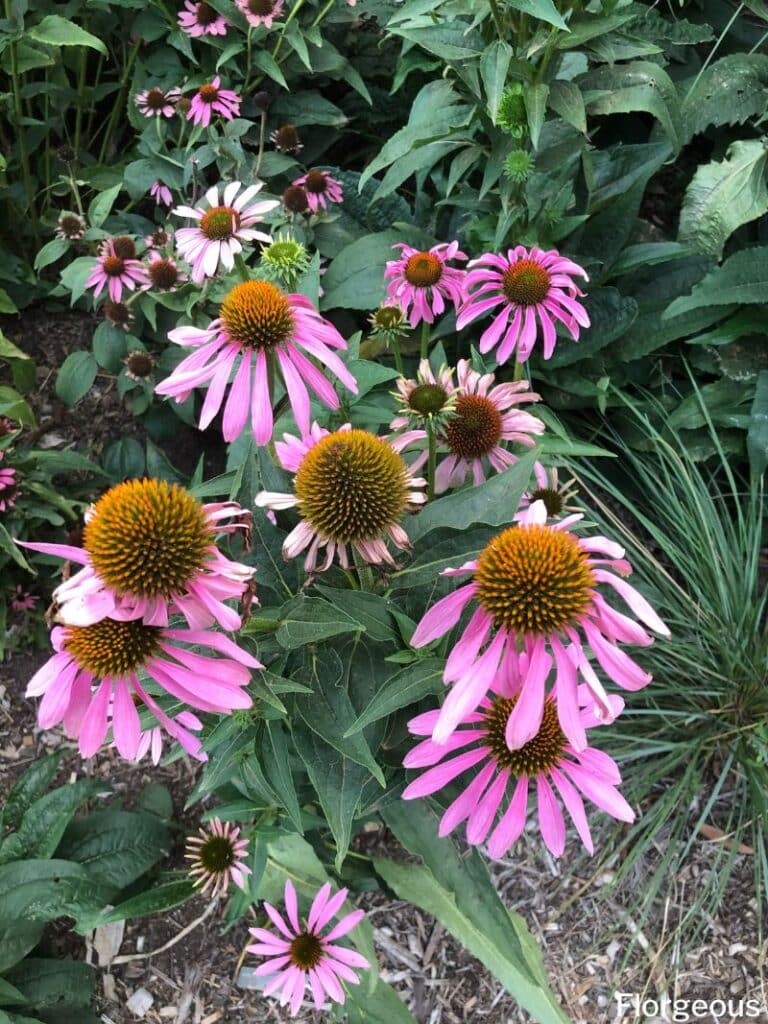
Purple coneflower (Echinacea purpurea) is a hardy low-maintenance flowering plant that produces lots of vivid pink flowers. These pink flowers will complement the colors of autumn joy plants very well and together they will help you create a vivid but carefree garden.
Echinaceas grow well in full sunlight and, even though they can survive in dappled shade, they won’t produce as many flowers. The hardy perennials can survive in hot and very dry conditions and don’t require too much water. You can establish this flowering plant in just about any fertile well-drained soil.
Coneflowers can grow taller than sedums which means you should position them at the back. Some gardeners do, however, love to grow them in a circle all around the sedum plants.
Both of these plants will produce lots of flowers from summer to autumn and will attract all sorts of pollinators like bees and butterflies to your garden.
Joe Pye Weed
Joe-pye weed (Eutrochium purpureum) is often grown in the same garden bed because they produce vivid purple flowers with a very similar appearance to that of Autumn joys. These plants also have lots of medicinal uses.
These wildflowers prefer full sun but can also grow well in partial shade. Unlike sedums, they need a little bit more water and can even grow well in wet soil conditions.
Because these perennials need a little more water, it is usually best to establish them in the back of the garden or in shaded areas where the soil will stay moist for longer. With the taller Joe-pye flowers at the back and sedums at the front in direct sun, your garden bed will get a lush and full appearance with lots of color.
Black Eyed Susans
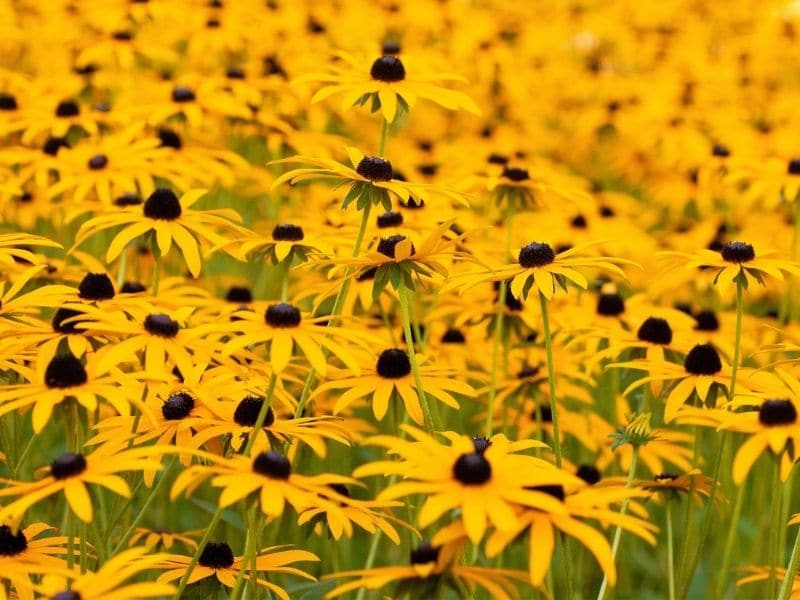
Black-eyed susans (Rudbeckia hirta) are a favorite in dry gardens, rocky scapes, and xeriscaping projects because they are half-hardy and easy to maintain.
The yellow flowers of these plants will look rather striking when paired with the pinkish blooms of sedum autumn joy and you can treat this plant as an annual or perennial.
Black-eyed Susans need to be planted in full sunlight or in light shade. They also need to be established in light but rich soil that offers good drainage. Once established, these flowers won’t need too much water which is why they are perfect for pairing with autumn joy flowers.
There are quite a few varieties of black-eyed susans. When you are pairing them with sedums, you should be careful to position shorter varieties in the front but taller varieties of Susans will add lots of contrast to your garden if you grow them behind autumn joy sedum plants.
Asters
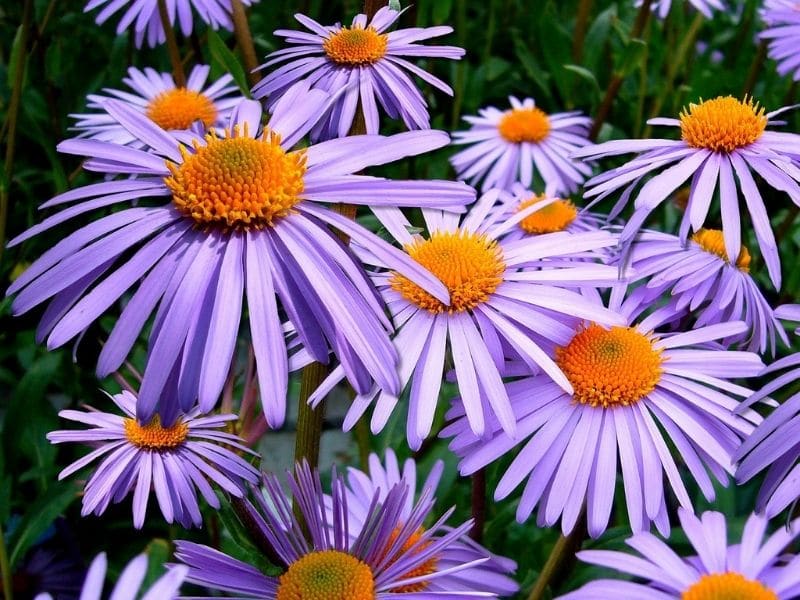
Asters (Asters), also known as Michaelmas daisies, are terrific plants to pair with autumn joy sedum because they are just as hardy and will produce an abundance of purple flowers from early summer to fall that will look rather striking alongside the sedum flowers.
These daisy-like flowers will grow well in full sun or partial shade but they can be a bit sensitive to extremely hot midday sun. These plants will grow well in loamy soil types that drain well and should be kept away from wet and clay soil types since this can cause root problems.
Asters can grow rather tall with a maximum height of up to six feet tall. Due to their taller height, it is best to establish them in the back with your autumn joy sedums in the front as a focal point.
Lavender
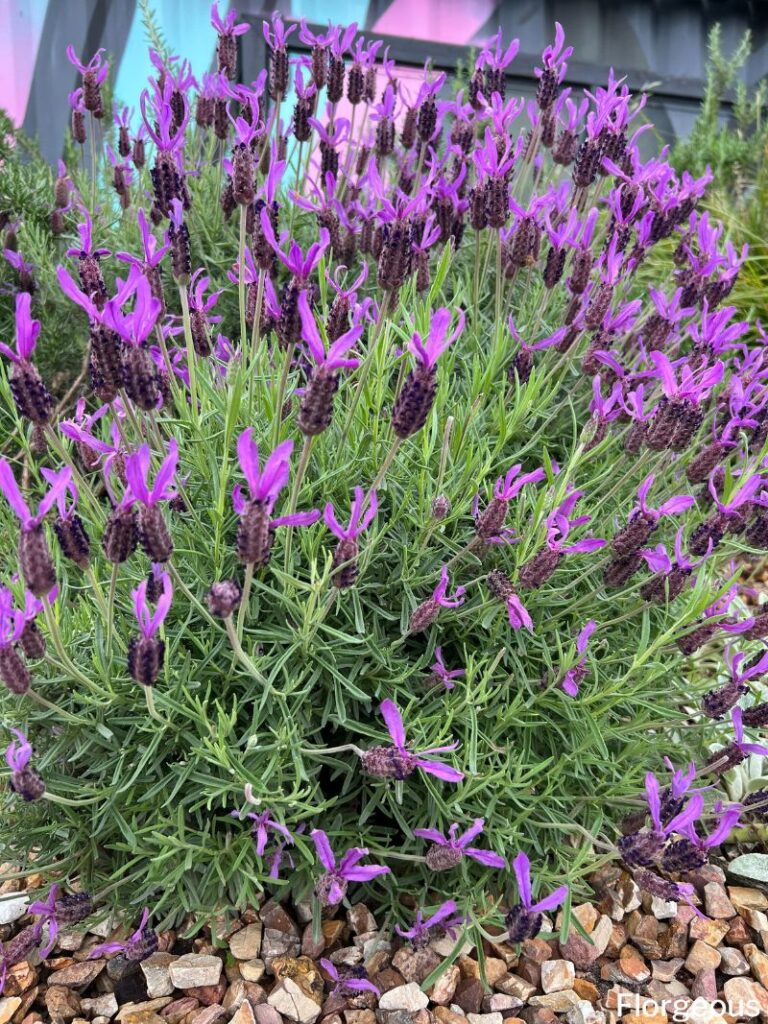
Lavender (Lavandula) is a favorite in just about every garden that receives lots of sunlight. This fragrant plant produces vivid purple flower buds on tall spikes when they bloom in summer and will look rather striking when paired with other vibrant bloomers like the autumn joy sedum.
Lavender is a good neighboring plant because it is quite hardy. This plant needs to be established in direct sun and it loves dry soil types. This is one of the few other plants that grow well with minimal watering and they are very functional as border plants.
When you are pairing these two plants in the same garden bed, you should be careful to leave plenty of room for the lavender to expand because it does not grow well in overcrowded spaces.
What NOT to Grow with Sedum Autumn Joy
Because of sedum’s low water requirement and high heat tolerance, there are lots of plant species that won’t grow well next to them. Let’s take a look at some of the worst companions for these hardy perennials.
Shade-Loving Plants
You shouldn’t add shade-loving plants to the same sunny spot where you will be adding autumn joys. Shade-loving varieties like hostas or ferns will surely wilt and die if they are established in these sunny spots.
Water-Dependant Plants
Plants that require frequent watering or that should be kept moist also won’t survive next to sedum flowers. The root systems of sedums will also become diseased and weak if you grow them next to a plant that requires regular watering. It is best to avoid plants like begonias, peace lilies, and bleeding hearts next to your sedum plants.
Final Thoughts
Sedum autumn joy is a very hardy plant that can be grown alongside a great variety of neighbors like Susans, ornamental grasses, echinacea plants, wildflowers, asters, and lavender. With the right pairing, you can create a water-efficient garden that looks striking.
We hope that this guide made it easier for you to find some good companions to add to your landscape. We also welcome you to have a look at some of our other guides if you are looking for other fantastic plant combinations.
See more:
*image by aaltay/depositphotos

